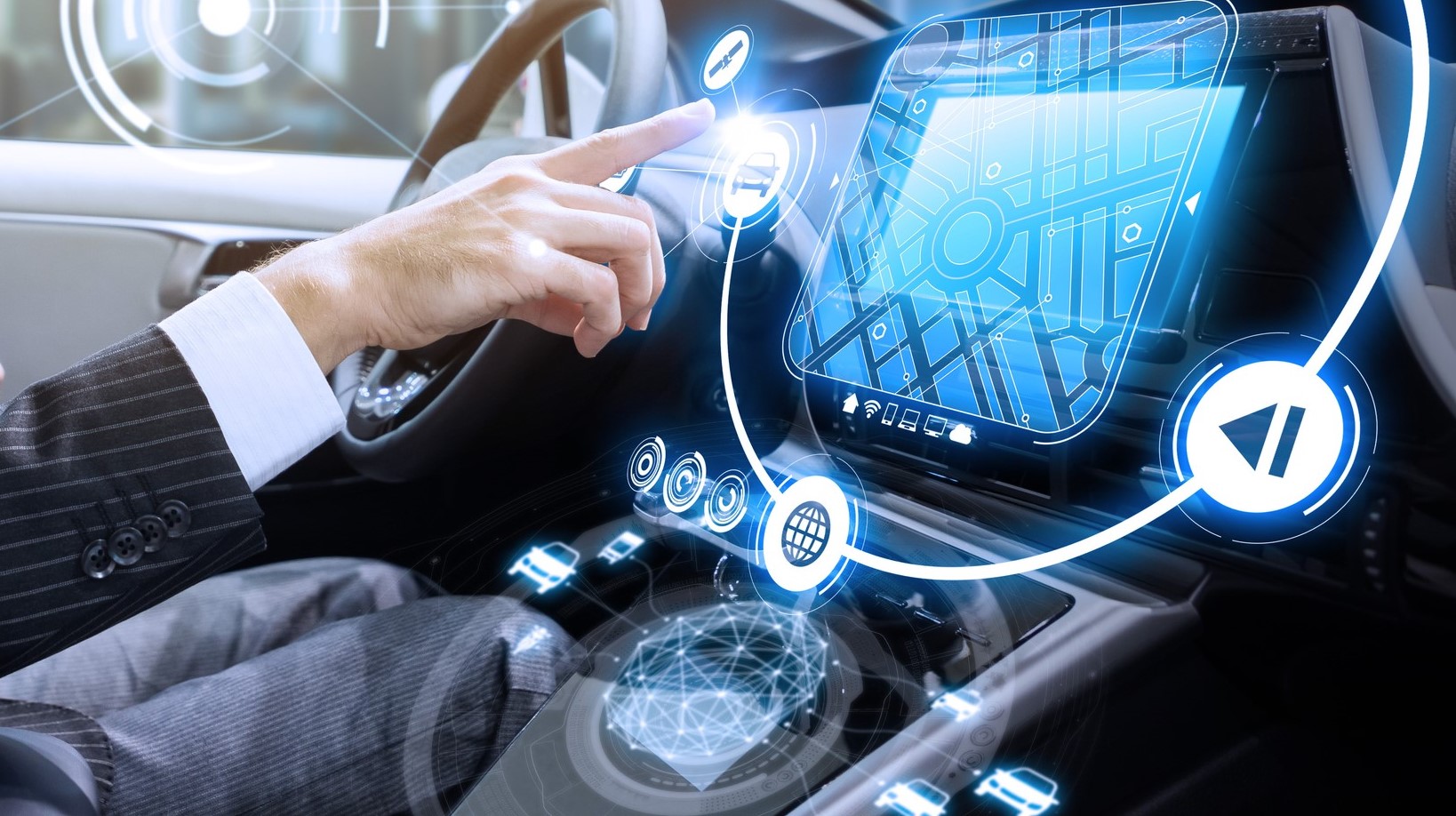As technology continues to advance at a rapid pace, the automotive industry is not far behind in embracing the latest innovations. Car connectivity has become a prominent feature in modern vehicles, offering drivers and passengers a whole new level of convenience, entertainment, and safety. In this article, we will explore the latest trends in car connectivity, focusing on smart features and infotainment systems.
1. Seamless Integration with Mobile Devices
In today's digital age, it is essential for cars to seamlessly integrate with the mobile devices that have become an integral part of our lives. Automakers are increasingly focusing on providing enhanced connectivity options, such as Apple CarPlay and Android Auto, which allow drivers to effortlessly access their smartphone's features through the car's infotainment system. This integration enables hands-free calling, messaging, navigation, and access to various mobile apps directly from the vehicle's display.
2. Voice Recognition and Natural Language Processing
Voice recognition technology has made significant advancements in recent years, revolutionizing the way we interact with our cars. With the integration of natural language processing, drivers can now give voice commands to control various aspects of their vehicle, such as adjusting the temperature, playing music, or even asking for directions. This hands-free approach not only enhances safety on the road but also provides a more intuitive and user-friendly experience.
2.1 Enhanced Virtual Assistants
Virtual assistants, like Amazon's Alexa or Google Assistant, are becoming increasingly prevalent in car connectivity. These intelligent assistants can perform a wide range of tasks, from providing real-time weather updates and reading news headlines to making restaurant reservations and placing online orders. By leveraging the power of artificial intelligence, virtual assistants are transforming cars into smart, voice-controlled hubs that cater to the driver's needs and preferences.
3. Internet of Things (IoT) Integration
The Internet of Things (IoT) has opened up new avenues for car connectivity, enabling vehicles to communicate with other devices and systems. Cars equipped with IoT capabilities can connect to smart homes, traffic management systems, and even other vehicles on the road. This integration facilitates advanced features like remote start, remote diagnostics, and over-the-air software updates. With IoT integration, cars are evolving into interconnected entities that offer personalized and context-aware services.
3.1 Vehicle-to-Vehicle (V2V) Communication
One of the most exciting developments in car connectivity is Vehicle-to-Vehicle (V2V) communication. This technology allows vehicles to exchange information with nearby cars, providing valuable data about road conditions, potential hazards, and traffic patterns. With V2V communication, cars can anticipate and respond to potential dangers, enhancing overall road safety and reducing accidents.
4. Augmented Reality (AR) Displays
Augmented Reality (AR) is making its way into automotive infotainment systems, revolutionizing the way drivers interact with their surroundings. AR displays can overlay information onto the windshield or other surfaces within the car, offering real-time navigation prompts, speed limits, and even highlighting points of interest. This technology enhances situational awareness and reduces the need for drivers to take their eyes off the road.
4.1 Heads-Up Displays (HUDs)
Heads-Up Displays (HUDs) have gained popularity in recent years, with many automotive manufacturers incorporating them into their vehicles. These displays project essential information, such as speed, navigation directions, and incoming calls, directly onto the windshield or a transparent screen in the driver's line of sight. By displaying crucial information in the driver's field of view, HUDs help minimize distractions and keep the focus on the road ahead.
5. Over-the-Air Updates
Gone are the days when software updates for cars required a visit to the dealership. With over-the-air (OTA) updates, automakers can deliver software upgrades and bug fixes directly to the vehicles over an internet connection. This not only saves time and inconvenience for car owners but also ensures that vehicles are always equipped with the latest features, performance improvements, and security patches. OTA updates have become an integral part of car connectivity, allowing vehicles to evolve and stay up-to-date throughout their lifespan.
Conclusion
Car connectivity has evolved rapidly in recent years, bringing a plethora of smart features and infotainment systems to enhance the driving experience. From seamless integration with mobile devices and advanced voice recognition to IoT integration, AR displays, and over-the-air updates, the latest trends in car connectivity are shaping the future of the automotive industry. As technology continues to advance, we can expect even more innovative and interconnected features that prioritize convenience, safety, and entertainment for drivers and passengers alike.
Embracing these trends in car connectivity, automakers are revolutionizing the way we interact with our vehicles, transforming them into intelligent and personalized hubs on wheels.

Comments
Post a Comment